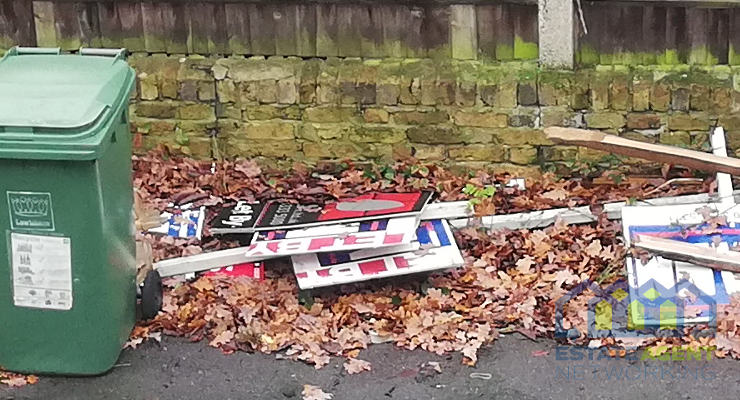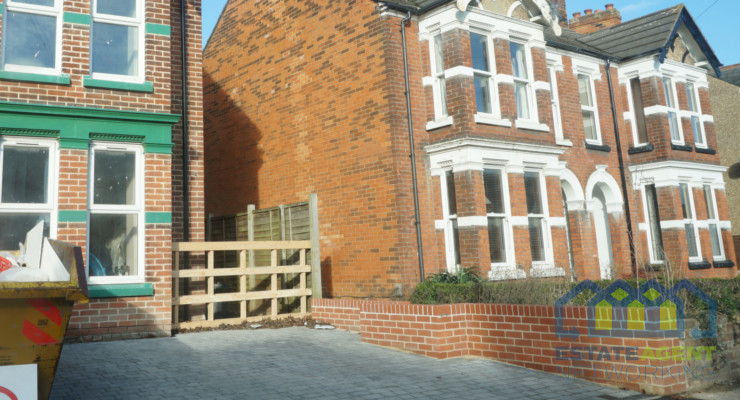How and why you should use 3D visualisations for your home extension
Planning a home extension or remodel is an exciting time for any homeowner. Of course, you will have your own ideas of what you wish to achieve with the building works, whether you are creating an open-plan kitchen-diner or altering the layout of a newly acquired doer-upper. However, it’s only when you start talking to your architect or builder that you begin to develop a clearer picture of what the finished project will actually look like.
Your first real glimpse will be the architect’s drawings and plans, but often these two-dimensional renderings are not enough to help you visualise the end result. Enter 3D visualisations, a much better solution that takes you beyond the planning drawing and really brings the concept to life. With the help of computer-aided design, you get to see the full idea in glorious life-like detail before it is built. Here’s an example of what you would be seeing:
Source: Promas Building
How does it work?
Architects are qualified professionals that are trained in the art and science of building design and how to develop concepts for structures and turn them into images and plans for the building trade to make a reality. The skills required comprise a visionary outlook, an understanding of how buildings work and how best to design them for their intended use and function, and meticulous attention to detail.
Your designer will have specialist software to help him produce photo-realistic impressions of proposed buildings, show exterior and interior views, landscaping and nearby buildings too. With the help of high-definition computer graphics, he can create an accurate 3D rendering of something that doesn’t yet exist in such a way that feels completely real to you.
The design process will start with detailed architectural drawings and plans, including dimensions and suggested materials to be used. Then, using a mixture of artistic skill and software knowledge enables this information to be transformed into the 3D realm of immersive design. Here’s a quick tour around one of the leading 3D home architect software providers:
Source: Live Home 3D
What are the benefits?
3D planning tools offer clear advantages that benefit the entire building project and all its stakeholders including you, the homeowner client, your architect or designer, and the building contractor.
- Traditional vs virtual 3D models: Thanks to technological advances, virtual an interactive 3D visualisations or proposals can be created without the need for traditional proposal methods. For the designer, producing dynamic 3D plans is less time-consuming and more cost-effective and efficient than constructing a 3D physical model of the finished project. Any problem areas or design weaknesses can be exposed at an early stage, avoiding potentially costly changes during the construction stage.
- A positive communications tool: As a communications tool between planners and their clients, dynamic 3D renderings can literally add a new perspective to discussions about the proposed buildings works and facilitate the explanation of technical information. By being able to show all angles of the planned building extension, zooming in where necessary, it shows the exact detail of how the new works interact with the existing structure, making it easier for the layperson to grasp often complex building details.
- Informed decision making: Any changes can be discussed and implemented ‘on paper’, while different options can be presented in a highly rendered way. Where there are modifications, many people will find it harder to understand 2D drawings, while 3D visuals are more helpful to illustrate the proposals. That way, you will feel more confident about making informed decisions about how to proceed with the build, and without having to rely on ‘faith’, or leaving anything to chance.
- A shared sense of enthusiasm: Communicating the vision for a home extension or refurbishment project between architect and client can be much more engaging for all parties if it involves an accurate visualisation of the finished concept. It feels real and exciting, even at an early stage in the project. 3D visualisation is not only about creating clarity around technical details, it helps to build a genuine sense of shared enthusiasm and mutual anticipation for much-desired home improvement.
As your home building project develops momentum and takes shape, it is vital that there should be clear, constructive communication between you, the end client, your consultant architect and your chosen building contractor. In today’s building and construction world, digital 3D planning tools are a key component of sound project management, providing an accurate point of reference for everyone involved in the process and across all platforms.
What’s more, it won’t be long until we can look forward to the next level of 4D immersive visualisation, thanks to the advancement of virtual reality technology. The future, it seems, is here to stay.







